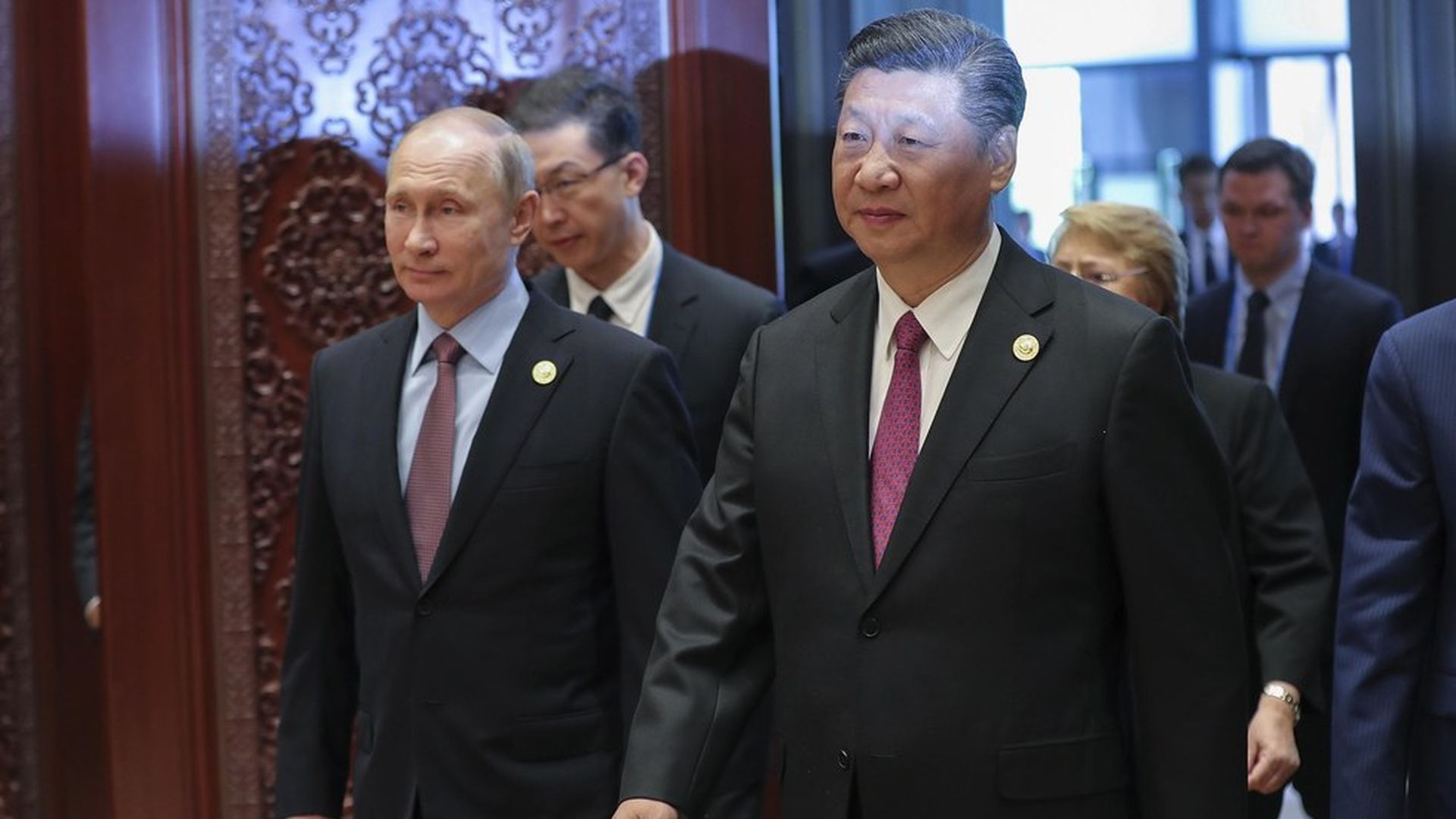
The new globalists (AP/Lintao Zhang)
Americans and Europeans are again riveted on intelligence leaks, cyber hacking and the latest surge of inward-looking fervor. In Beijing, though, the talk the last couple of days has been of globalization on a historic scale — the construction of a more than trillion-dollar global web of roads, ports, railroads and energy projects, all of them leading back to China.
The One Belt, One Road project would connect about 65% of the world's population and a quarter of its GDP, according to McKinsey, the consultant firm. If the project is realized as envisioned, much of world trade would be linked to Chinese economic strategy.
That may turn out fine for the US and the rest of the world — or it may not, since China's aim isn't the free movement of goods, the basis of the US-run trading system of the last half-century. "It's about selling their stuff," a European official attending a two-day Beijing summit on the project told The Wall Street Journal.
One Belt, One Road spans Asia, Europe, Africa, with links to South America. Since jettisoning the Trans-Pacific Partnership — the Obama administration's trade treaty meant to insinuate the US at the center of Asian trade — the Trump administration has offered no answer to One Belt, One Road.
Jonathan Hillman, an analyst with the Center for Strategic and International Studies, told me that China may be seriously over-extending itself — it may be financing transportation projects with no economic viability. But the project envisions decades of spending and the jobs related to it, while officials in Washington can barely agree on six months of spending. "The West is kind of consumed with its own domestic issues and in some cases paralyzed and politically fragmenting," Hillman said. "While that is going on, China is trying to connect with the world."
